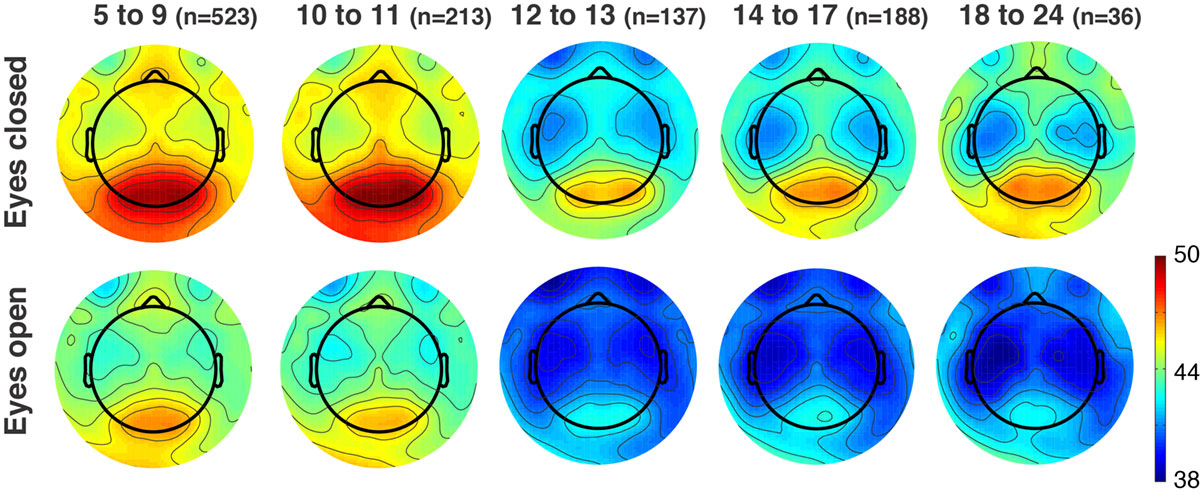Neuroscience Gateway Will Grow Capabilities With New Awards
- Details
- Published on Thursday, 07 May 2020 20:00
By Nayiri Mullinix
The Neuroscience Gateway (NSG) has been serving the computational neuroscience community since 2013. With over 1,100 users as of April 2020, the NSG was designed to fulfill the needs of those analyzing large scale brain models to learn about various neuronal functions and more. Two recent awards from the National Science Foundation and the National Institutes of Health will allow a growing group of researchers to utilize the NSG.
Most of this modeling has been done using high performance computing via XSEDE resources and, as the gateway’s user base has grown, so have the allocations. What started as tens of thousands of Startup XSEDE hours quickly swelled to hundreds of thousands and, now, sits at over ten million hours per year. The work is spread across supercomputers at the San Diego Supercomputer Center and the Texas Advanced Computing Center, with some hours coming from Pittsburgh Supercomputer Center’s Bridges and Indiana University’s Jetstream.
In recent years, as brain data image processing has become a larger part of neuroscience research, the NSG team recognized that implementing new features would make the gateway useful for experimental scientists working with large datasets, too.
The new awards from the National Science Foundation and National Institutes of Health will be used to grow these capabilities for experimental scientists, as well as those using machine and deep learning applications. One goal is to incorporate more high throughput computing, adding the ability to transfer and store large amounts of data to process and share. The second is to allow neuroscientists to use NSG as the dissemination platform for sharing new tools as they develop them.
With these enhancements, the NSG team expects to see its user base grow and diversify.
The NSG is funded by the National Science Foundation and the National Institutes of Health. The new collaborative award from NSF can be viewed here, and here, and the NIH one here.

Results of processing 2,194 128-channel EEG datasets from the Child Mind Institute database. Alpha power (color unit, relative power in dB) decreases with age (age groups in years shown in columns) in both eyes open and closed conditions (rows). Credit: Delorme, A., Majumdar, A., Sivagnanam, S., Martinez-Cancino, R., Yoshimoto, K., Makeig, S. (2019) The Open EEGLAB portal. IEEE transactions on biomedical engineering (2019 NER conference). San Francisco, CA. March 20-23, 2019.